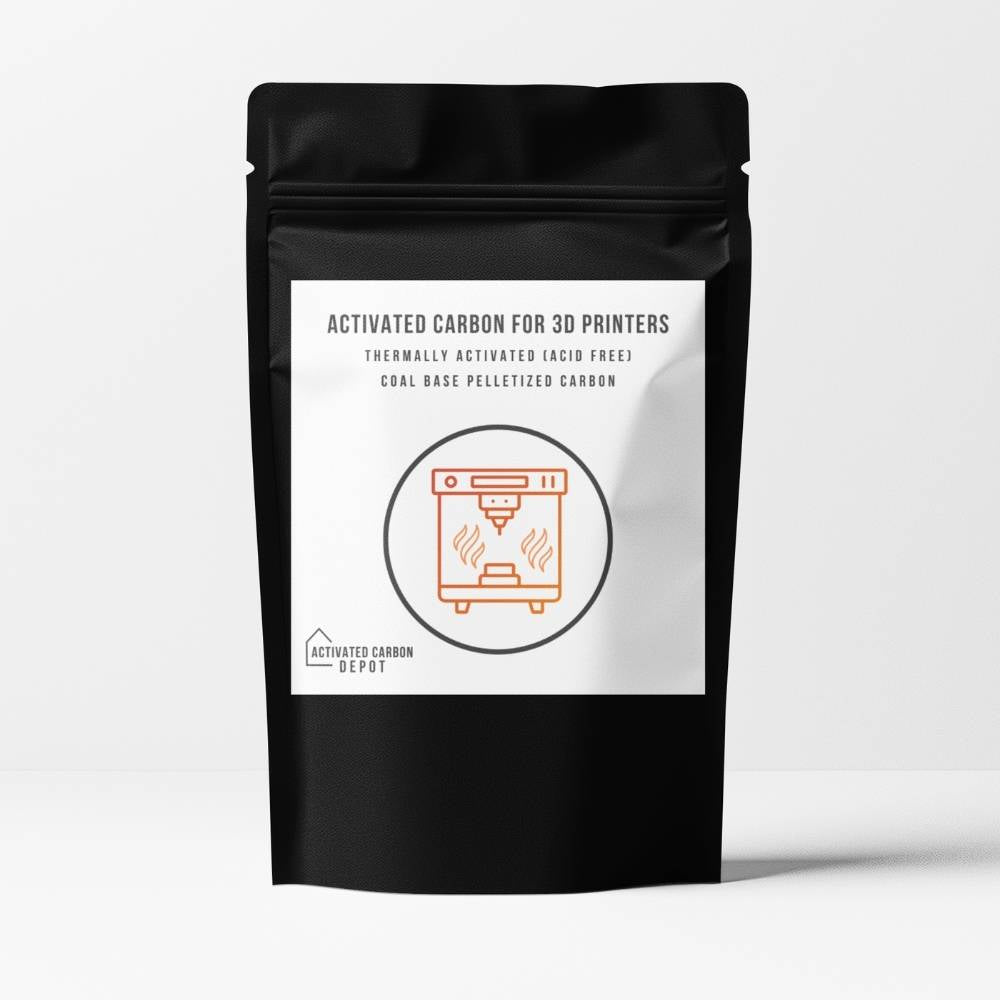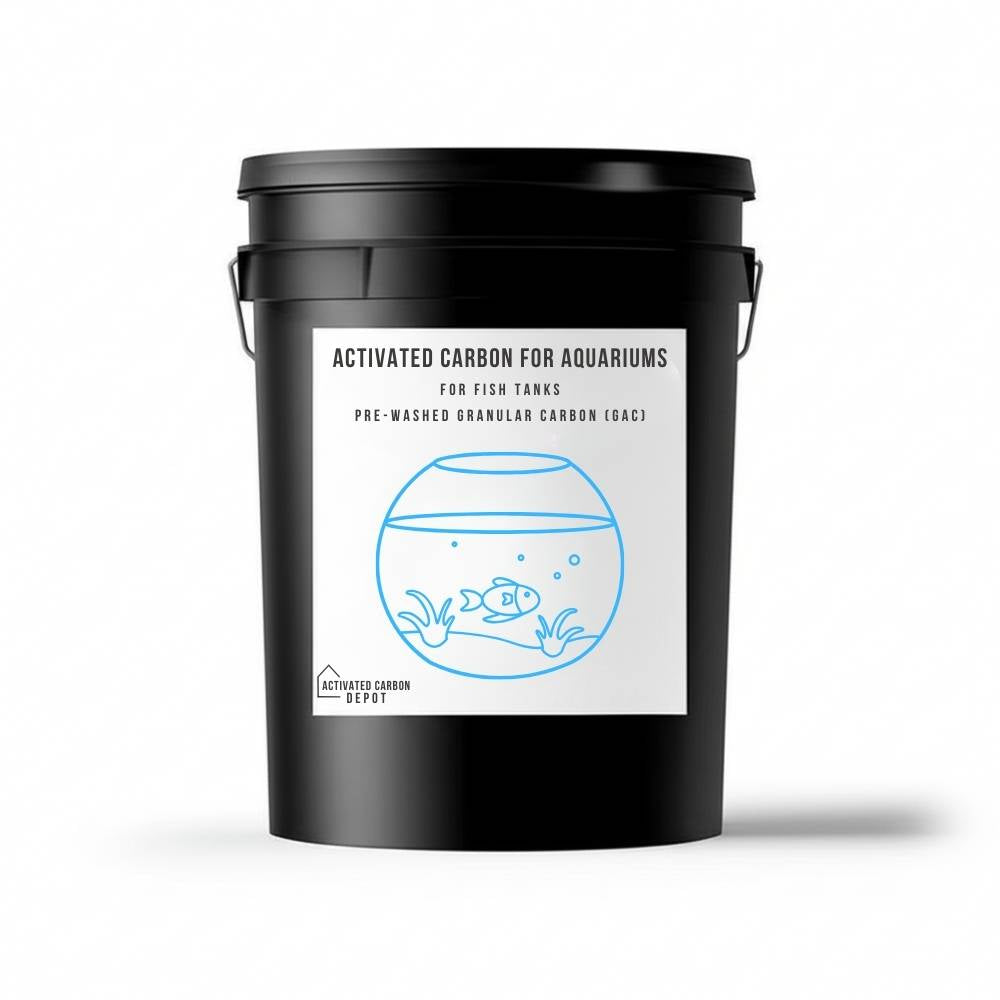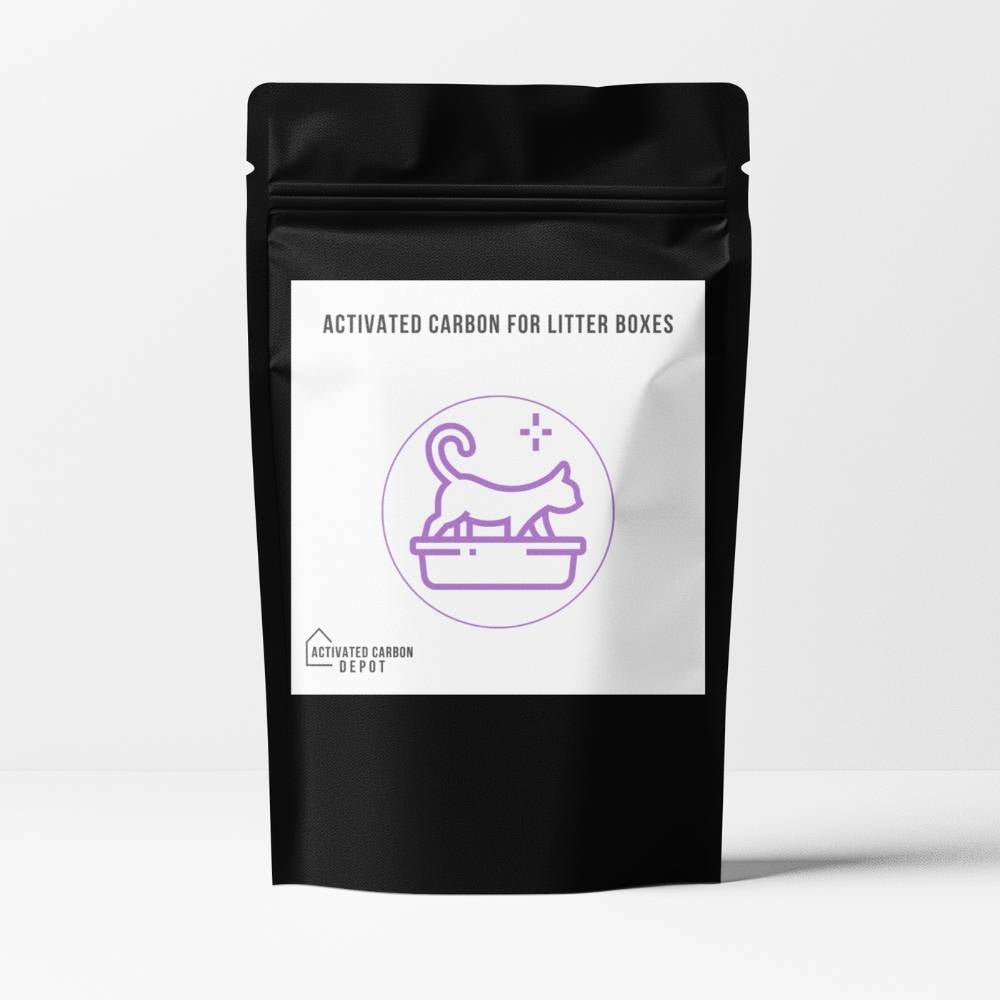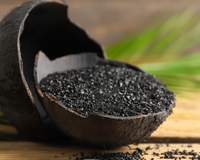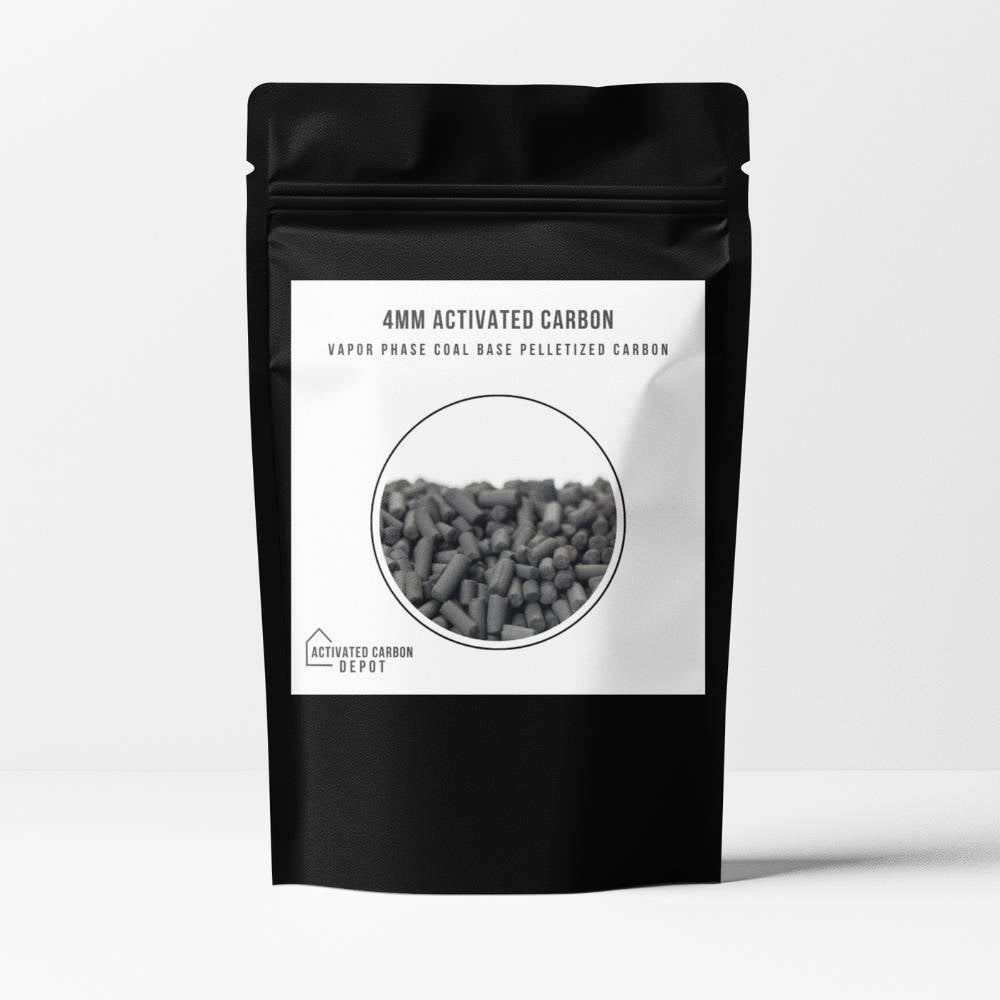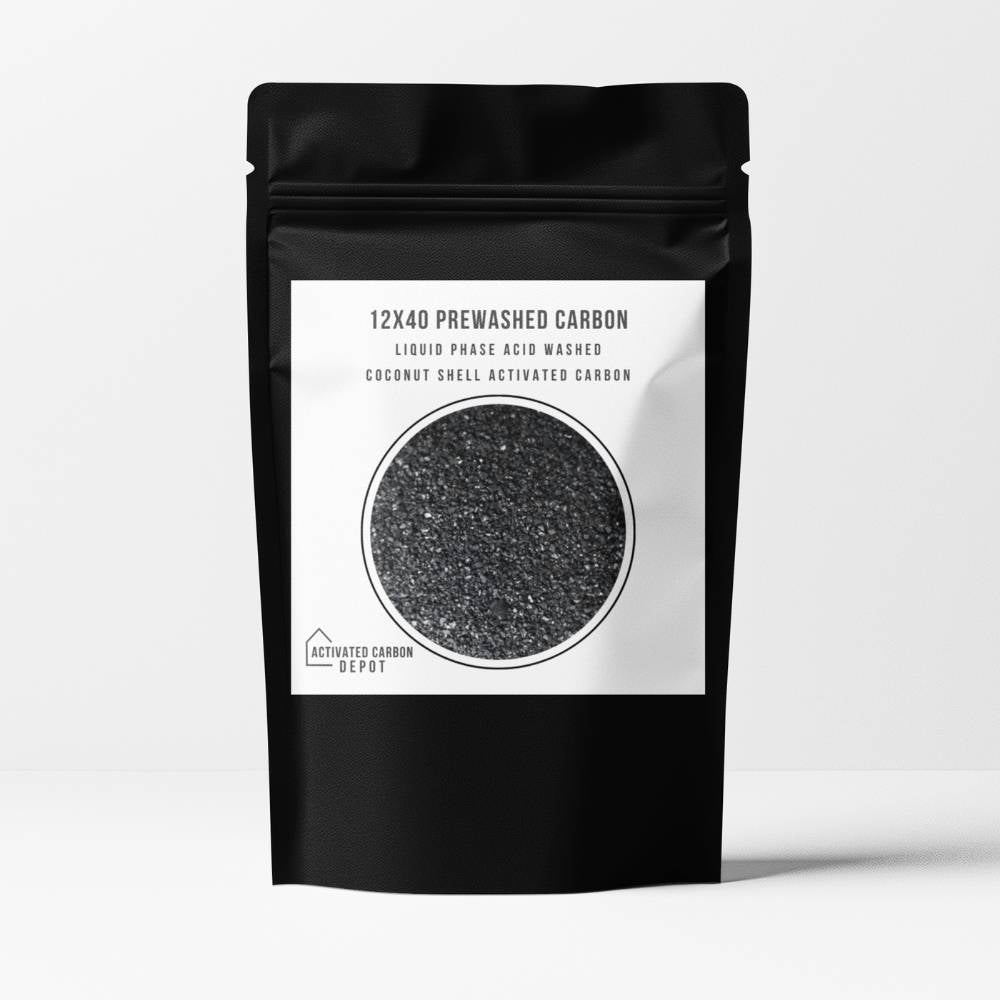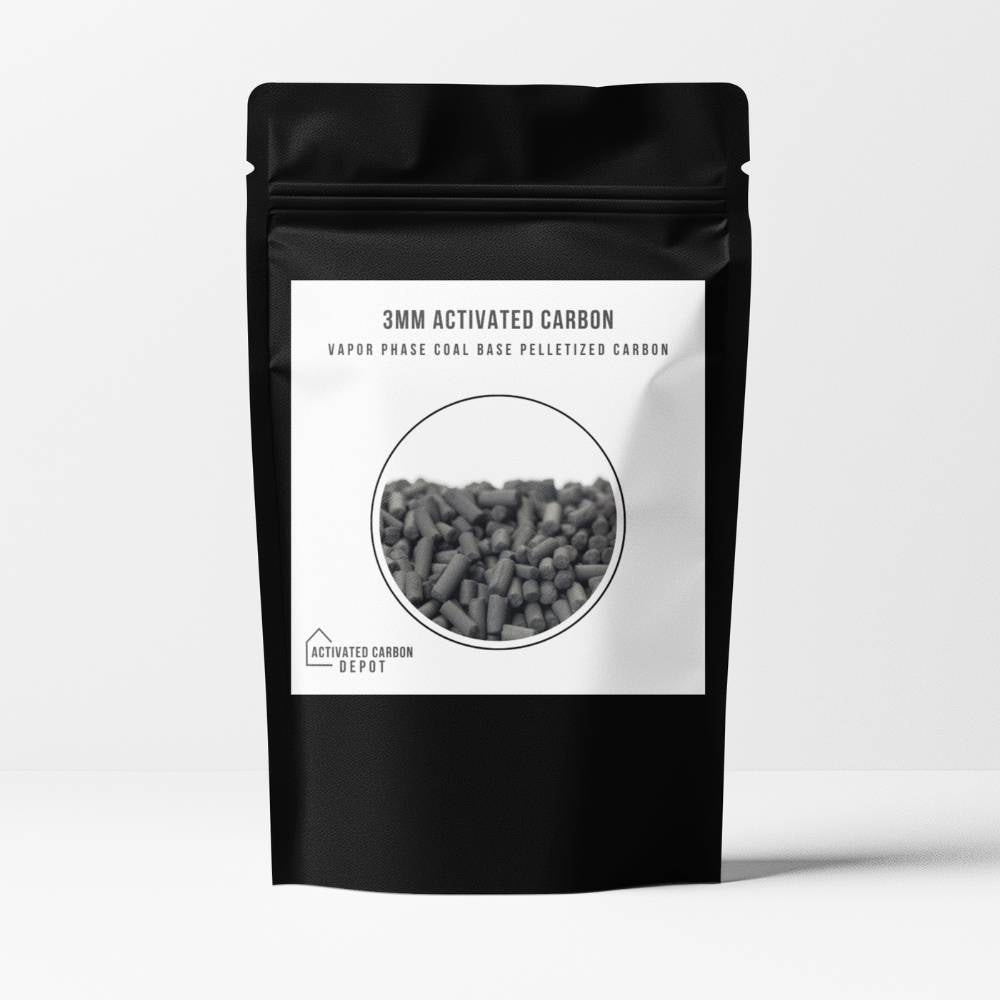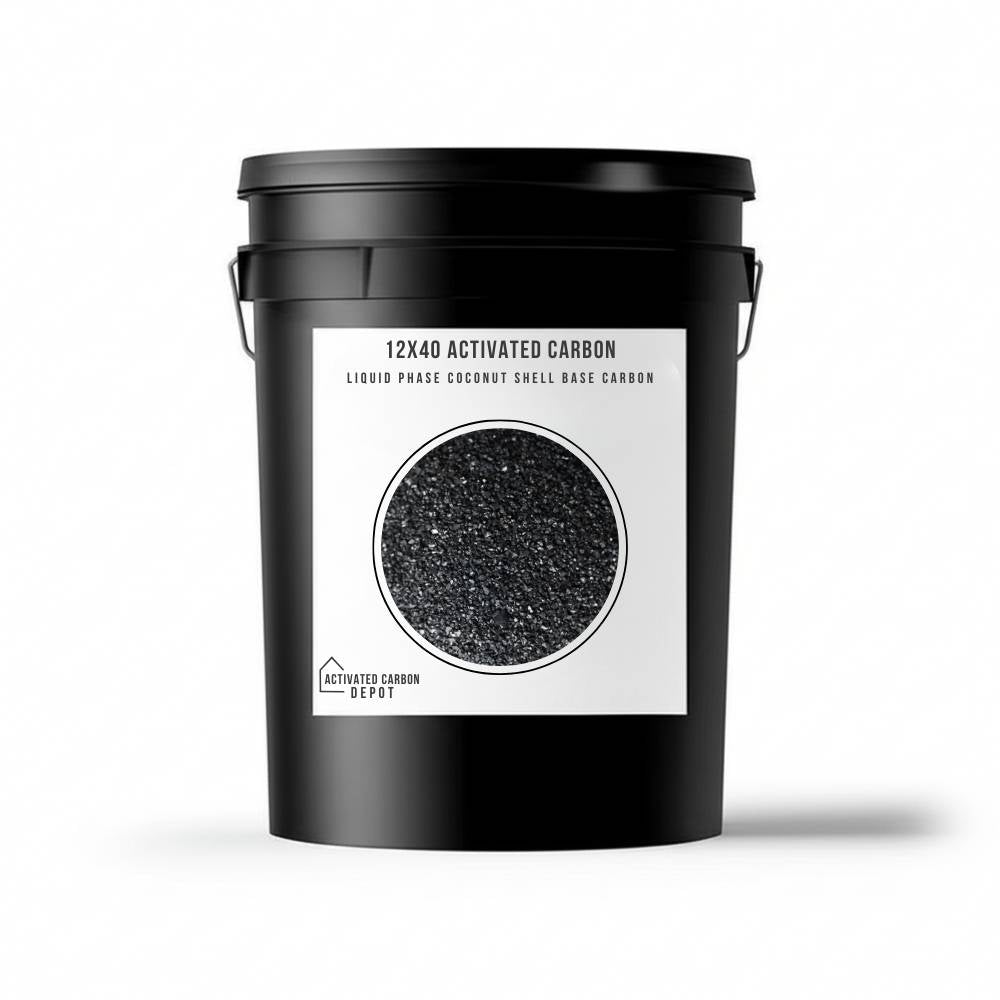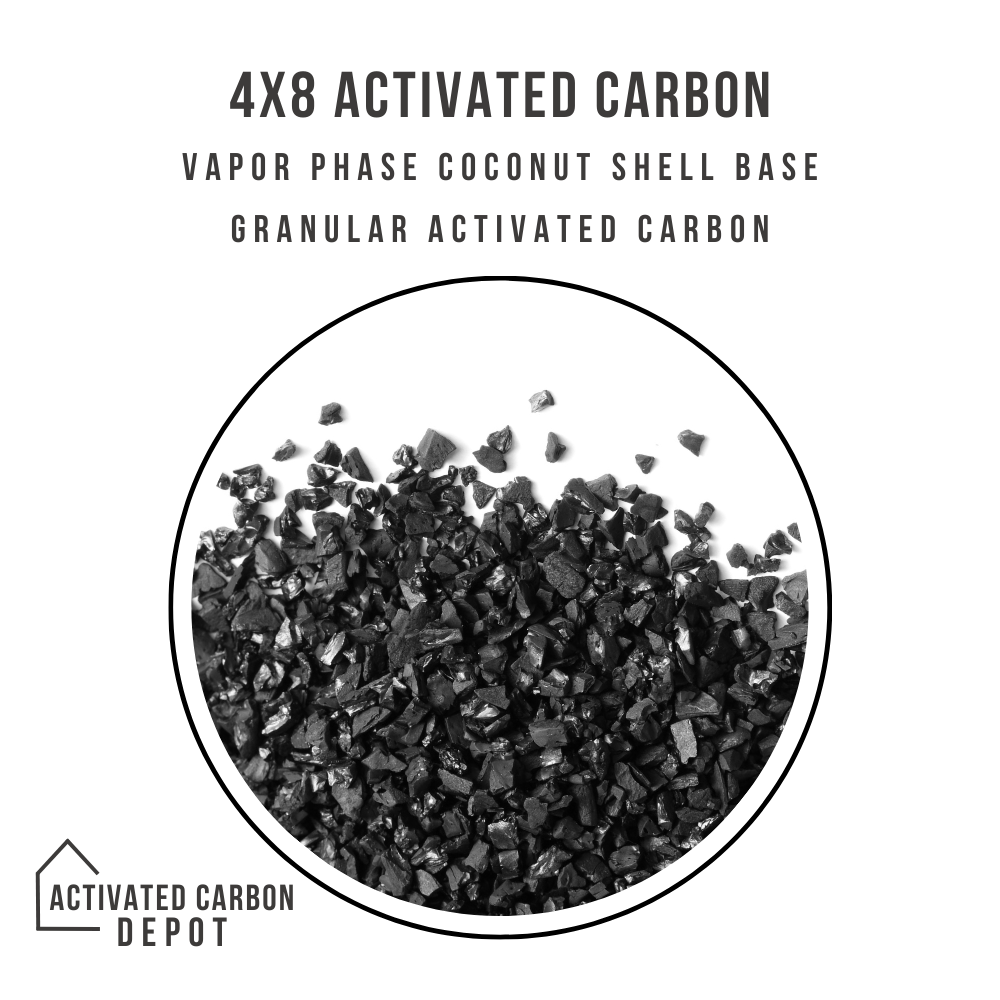Laser engraving is a precise and efficient method used in various industries to cut and mark materials. However, this process generates smoke, fumes, and particulate matter that can be harmful if not properly managed. Using a 4x8 activated carbon filter is an effective solution to enhance air quality and ensure a safer working environment. Here's a detailed look at how 4x8 carbon plays a crucial role in laser engraving filtration.
Understanding the Need for Filtration in Laser Engraving
Laser engraving machines work by vaporizing materials, which inevitably releases fumes and particulates into the air. These emissions can include harmful VOCs (Volatile Organic Compounds), particulate matter, and other byproducts detrimental to both human health and the environment. Effective filtration systems are essential not only to comply with health and safety regulations but also to prolong the life of the machinery and ensure high-quality engraving results.
The Role of 4x8 Activated Carbon in Filtration
Activated carbon, especially in the 4x8 mesh size charcoal, is renowned for its high adsorption capacity. The "4x8" refers to the mesh size of the carbon granules, indicating that they are sufficiently large to allow for optimal airflow while still providing a substantial surface area to capture contaminants.
- Adsorption Efficiency: Activated carbon filters are particularly adept at capturing organic chemicals and VOCs present in laser engraving emissions. The carbon's porous structure traps these contaminants, effectively removing them from the air.
- Odor Management: Besides harmful chemicals, laser engraving can generate unpleasant odors, especially when working with materials like plastics and rubbers. Activated carbon helps neutralize these odors, contributing to a more pleasant work environment.
- Versatility: 4x8 activated carbon can be used in standalone air filtration units or integrated into laser engraving systems. This versatility makes it suitable for various setups and ensures that it can meet specific filtration needs.
Implementing 4x8 Carbon Filters in Laser Engraving
- Installation: For optimal performance, carbon filters should be installed where they can process the entirety of the exhaust air from the engraving machines. This ensures that all contaminants are captured before the air is recirculated or expelled.
- Maintenance: Activated carbon filters need regular replacement to maintain their effectiveness. The frequency of replacement depends on the usage rate of the laser engraver and the types of materials being processed. Regularly monitoring the filter's performance is key to determining the right time for replacement.
- Safety Compliance: Using high-quality 4x8 activated carbon filters helps engraving facilities comply with local and international health and safety standards, protecting workers and avoiding potential legal issues.
Conclusion
Incorporating 4x8 activated carbon filtration into laser engraving operations is essential for maintaining a safe and efficient workspace. These filters not only improve air quality but also enhance the operational efficiency of laser engraving machines by protecting them from dust and debris buildup. By investing in effective filtration solutions like 4x8 activated carbon, businesses can ensure healthier work conditions, compliance with regulations, and high-quality engraving outcomes.



